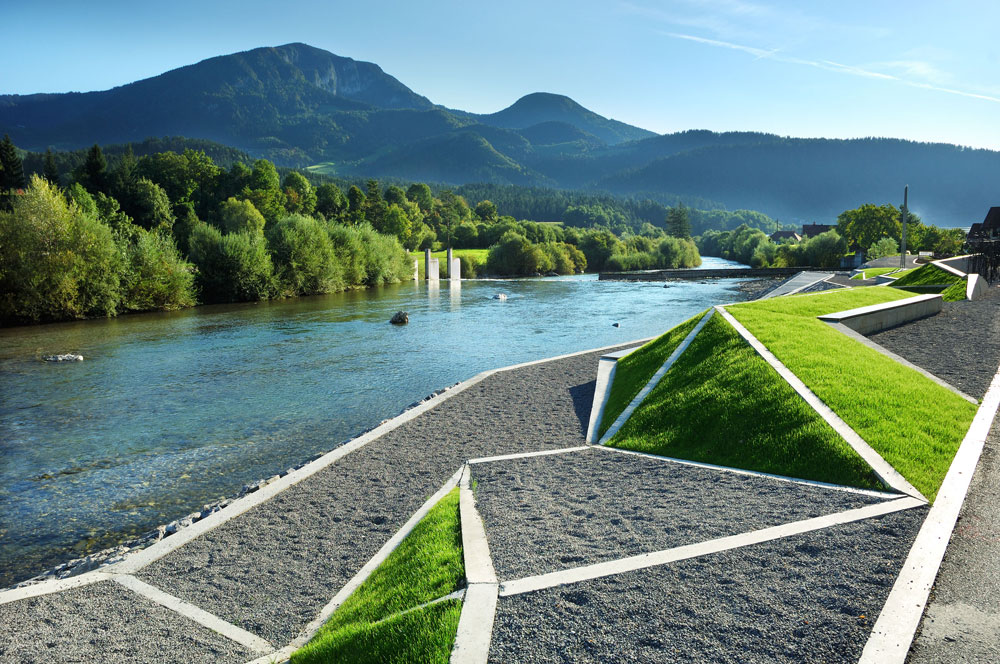BASIC CONCEPTS
- 4 Operating principles
- 3 pillars/3Rs
- Assessment of the life-cycle
3 Pillars:
- Socio-cultural
- Socio-economic
- Environmental
Green and circular economy
- Circular economy: Against the use of raw materials, it focuses on the reuse, repair, remanufacturing, and recycling of materials and products.
- Green economy: This model integrates both the social dimension as well as the conservation of ecosystems.
4 Operating principles
- The carrying capacity of the natural world must be limited by human activity.
- Renewable resources should not be used at a rate that exceeds their rate of renewal.
- It is important to compensate for the use of non-renewable resource by producing renewable resources.
- The environment should not be subject to more than the absorption capacity of the receivers.
Assessment of life-cycle (LCA).
This study examines the effects of a product’s production and dismantling. It is necessary to calculate the energy consumed and the corresponding emissions to the environmental environment for each product.
- Extracting raw materials
- Manufacturing process
- Distribution, packaging, and transportation
- Stage
- End-of-life
Ecological footprint
This method determines how much land is needed to produce the biological resources and absorb the waste produced by an activity.
The 3 R’s
- Reduce consumption
- Reuse the existing
- Transform (recycle)
Other concepts
- Everything that is green refers to the environment
- Eco-/ecofriendly: This is a term that refers to something that is friendly to the environment, promotes environmental protection and does not cause harm to the environment.
- Bio-: A singularity that has not been artificially processed, or used chemicals pesticides or fertilizers at any stage.
- Km0: Products that are linked to a territory because they reduce the amount of CO2 emissions from transporting products.
- Permaculture is a harmonious integration of landscapes and people that produces food, energy and shelter in a sustainable manner.
- Low-tech: Simple, affordable technologies that are easily repairable and accessible to everyone.
- Passive design: This design maximizes natural heat, cooling, and ventilation to create comfortable conditions within buildings.
- nZEB (nearly Zero Energy Building): Buildings with very high energy consumption. Most of the energy is generated from renewable sources.
- Passive home: A standard for certification of nearly Zero-Energy homes.
Buildings that are healthy
The connection between biology and environment
All buildings must be able to:
- Air quality
- Water quality
- Natural light can be used
- Thermal comfort
- Noise protection
The relationship with nature has a positive influence on the superior nervous function, which determines sensations of well being.
These aspects include:
- Proportion of available spaces
- Chromatic atmosphere
- Texture of materials
- Views from the exterior.
Contribute to the creation of an exciting or resting effect in the spaces.
SBS refers to a group of symptoms that are intrinsically linked to a place and can lead to chronic illness for its inhabitants.
SBS diagnosis is a study of health risk factors that are associated with a building, such as:
- Biological factors
- Chemical factors
- Physical factors
- Psychosocial factors
Climate and Human Being
The atmosphere can either stimulate or depress the mental and physical work of a man.
The climate environment has the greatest impact on human comfort.
- Temperature of the air
- Radiation
- The movement of air
- The relative humidity
The building’s interaction with the environment is influenced by several environmental conditions.
- Temperature
- Sunshine
- Prevailing winds
- Rainfall
- Schnee
- Vapour pressure and relative humidity
Sustainable design
- Environmental
- Socio-economic
- Socio-cultural
Bio-architecture
Baubiologie: This program aims to reduce the negative effects of constructions on both the health and the environment of the occupants.
Bioclimatic: This is a method that, after conducting preliminary studies on the site’s climatic conditions, guides the project towards sustainability and bio-architecture goals.
Solutions that are constructive
Passive and active measures
- Hindering direct solar irradiation
- Proper orientation of the building
- Type of building that favors natural cross ventilation
- Clear finishes are best to encourage maximum reflection
- The thermal inertia caused by the building
Materials
The benefits of traditional materials are more than those offered by synthetic materials. They have been used over many centuries in traditional architecture.
Biomorphism
A bio-form does not necessarily guarantee a bio-essence, and the traditional forms, techniques, and materials are unnatural.
It is a superficial approach towards sustainability to use “natural” materials for decorative purposes.
